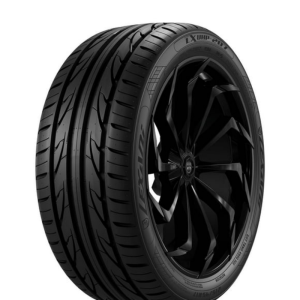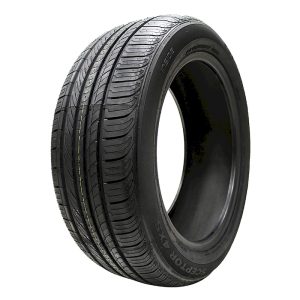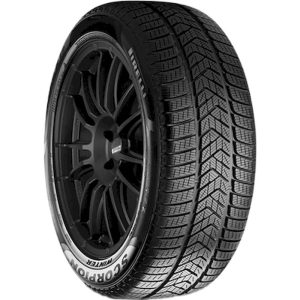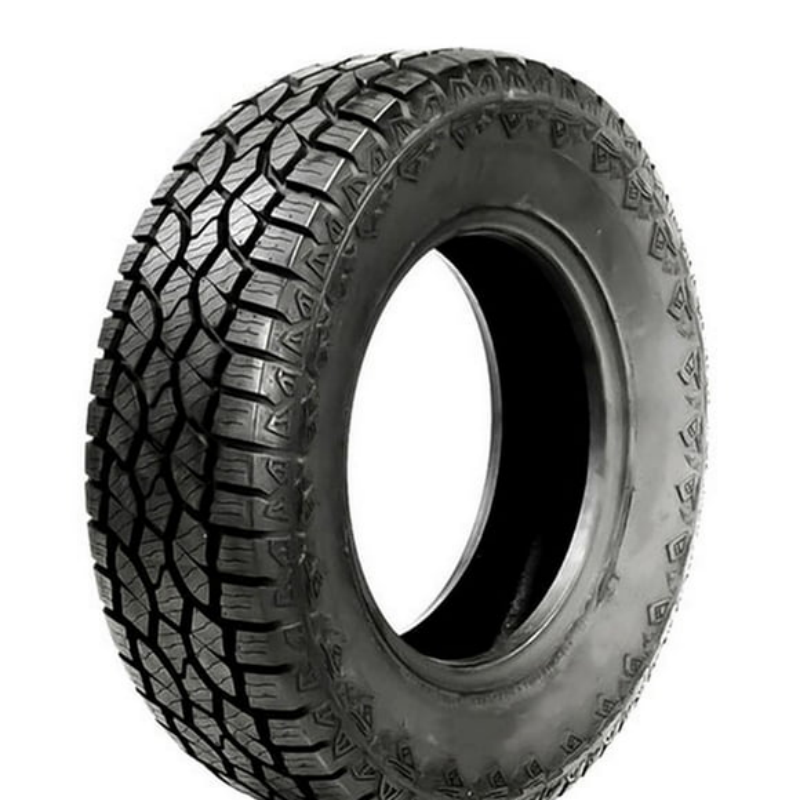
Maintaining your vehicle is essential for both safety and performance, and one critical service that shouldn’t be overlooked is tire rotation. Rotating your tires helps ensure even tread wear, improves handling, and extends the lifespan of your tires. Given its importance, many vehicle owners may wonder how much it costs to get your tires rotated. The costs can vary widely based on several factors, including where you choose to have the service done, the type of vehicle you drive, and any additional services that may be bundled with the rotation. In this article, we will explore the factors that influence the cost of tire rotation, what the service entails, recommended frequency for rotations, and tips for getting the best value out of your service. Understanding these aspects will help you make informed decisions regarding tire maintenance and costs associated with it.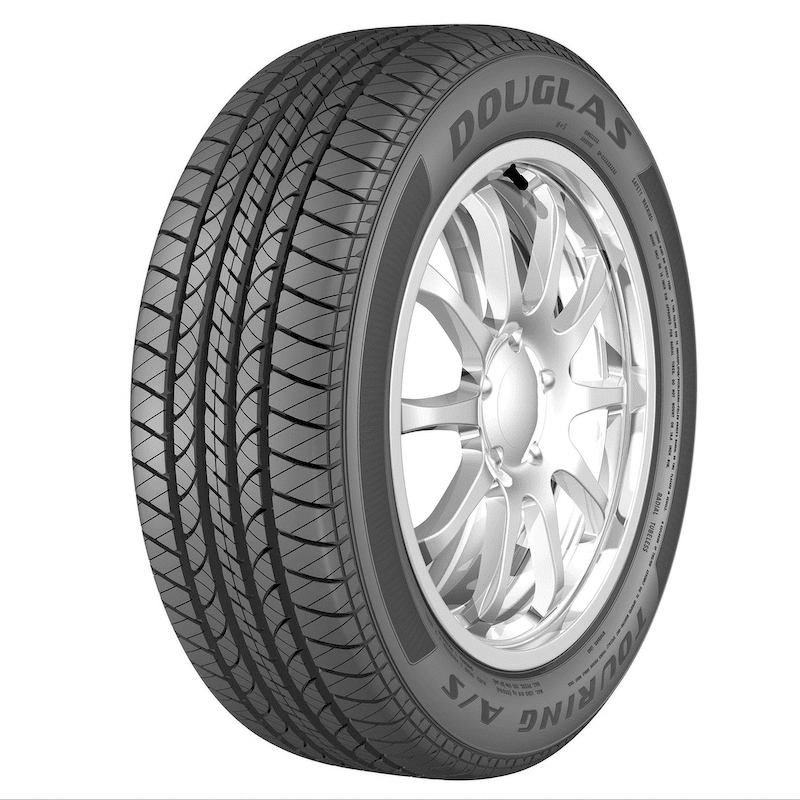
Understanding Tire Rotation
What is Tire Rotation?
How much does it cost to get your tires rotated? Tire rotation is the practice of moving your vehicle’s tires from one position to another to ensure even wear. By regularly rotating the tires, you can extend their life and maintain optimal performance on the road. Typically, tires are rotated every 5,000 to 7,500 miles, although this can vary based on the manufacturer’s recommendations and driving habits.
Why is Tire Rotation Important?
When you drive, the front tires and rear tires can wear differently. Front tires bear more weight during steering and braking, leading to greater wear. Regular rotation helps to balance this wear by switching tire positions, promoting even tread wear across all tires. Failure to rotate your tires can lead to premature tire replacement, reduced traction, and compromised safety.
Factors That Affect the Cost of Tire Rotation
Type of Service Provider
The cost of tire rotation can fluctuate depending on where you choose to get the service done. Various options include:
- Dealerships: Getting your tires rotated at a dealership is often the most expensive option. Dealerships typically charge premium prices for services, but the technicians are usually familiar with your specific make and model, ensuring the job is done correctly.
- Independent Shops: Many independent auto repair shops offer competitive pricing for tire rotations. These garages may provide quality service without the high overhead costs associated with dealerships.
- Chain Tire Stores: National tire chains often have promotions and may offer tire rotation as part of a larger package when you purchase new tires. It’s worthwhile to check local chain stores for special offers.
Geographic Location
Your location plays a significant role in determining the cost of tire rotation. Prices may vary between urban and rural areas, with urban areas often tending to have higher prices due to increased labor costs. It is advisable to shop around or consult online pricing guides based on your region for better value.
Type of Vehicle
The type of vehicle you own can impact the price of tire rotation as well. For instance, larger vehicles like trucks and SUVs may incur higher fees due to the additional labor required or specialized equipment needed for rotation. Always inquire about pricing based on your vehicle type to avoid surprises.
Additional Services
Many auto shops offer discounts if you bundle tire rotation with other services, such as wheel alignment or tire balancing. Some places may charge a slight extra fee if your tires require more extensive adjustment or repair. It’s beneficial to ask about the total cost of maintenance services when scheduling your appointment.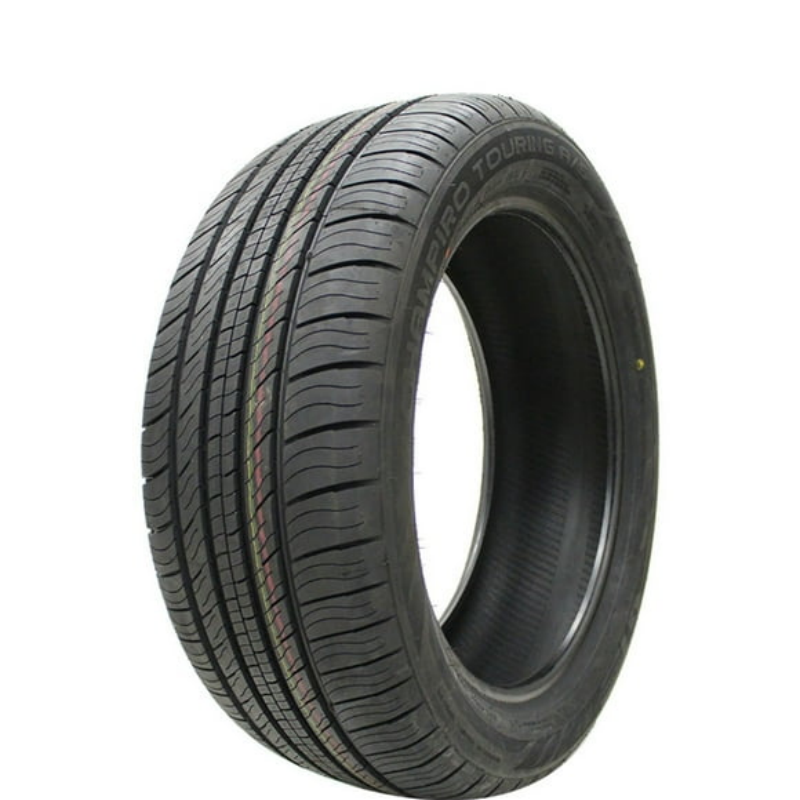
Average Cost of Tire Rotation
General Pricing Estimates
The average cost to get your tires rotated typically ranges from 20to50. However, this price can vary based on the factors outlined above. Here’s a breakdown of what you might expect:
- Dealerships: 30to60
- Independent Shops: 20to45
- Chain Tire Stores: 15to40 depending on promotions
Discounts and Package Deals
Many service providers offer promotional packages that can significantly reduce your overall maintenance costs. When purchasing new tires, some auto shops may include complimentary tire rotation as part of the purchase deal. Similarly, keep an eye out for seasonal sales and specials, which can help you save money.
Recommended Frequency for Tire Rotation
General Guidelines
As previously mentioned, tire rotation is generally recommended every 5,000 to 7,500 miles, although it may vary depending on your vehicle type and driving conditions. Here are some specific guidelines:
- Every Oil Change: If you’re following a traditional schedule of changing your oil every 5,000 miles, align your tire rotation appointments with oil changes for maintenance efficiency.
- Seasonal Changes: For regions that experience seasonal changes, consider rotating tires at the beginning of spring and fall. This approach is especially important for vehicles with different tread types for summer and winter driving.
- Visual Inspections: If you notice uneven wear patterns on your tires during routine inspections or experience handling issues, it may be time to get a rotation—even if you haven’t reached the mileage recommendation yet.
Signs That Indicate a Need for Tire Rotation
Uneven Tread Wear
One of the most common signs that your tires need rotation is uneven tread wear. If you notice that some tires are wearing down faster than others, it’s essential to have them rotated to promote even wear and prolong tire life.
Vibrations While Driving
If your car vibrates while driving or steering feels off, this may indicate that the tires require rotation or alignment. Addressing these issues promptly can ensure a smoother ride and prevent further complications.
Noise While Driving
Hearing unusual noises while driving can also signify an issue. If certain tires have developed an imbalance, you may notice increased noise levels or handling difficulties. Scheduling a rotation can enhance vehicle performance.
Scheduled Maintenance
Another indication for tire rotation is the convenient adherence to a maintenance schedule. If it’s been over 5,000 miles since your last rotation or close to your next scheduled oil change, it’s a good idea to rotate your tires.
DIY Tire Rotation: Is it Possible?
Considerations for DIY
While many choose to have their tires rotated by professionals, it is possible to perform this task yourself if you have the right tools and follow safety guidelines. Here are some considerations:
- Tools Required: Make sure you have a jack, jack stands, tire wrench, and any additional tools needed for your specific vehicle.
- Safety First: Always prioritize safety. Ensure that you are working on a flat surface and taking necessary precautions when lifting your vehicle.
- Know Your Pattern: Familiarize yourself with the recommended tire rotation pattern for your vehicle. Common patterns include front-to-back and crisscross styles.
Step-by-Step Guide for DIY Tire Rotation
- Prepare Your Tools: Gather all the tools necessary for the job.
- Loosen Lug Nuts: Before lifting the vehicle, slightly loosen the lug nuts on each tire without completely removing them.
- Lift the Vehicle: Use a jack to raise the car off the ground. Secure with jack stands for safety.
- Remove Tires: Finish removing the loosened lug nuts and carefully take off the tires.
- Rotate Tires: Following the appropriate pattern for your vehicle, swap the tires into their new positions.
- Reattach Tires: Place the tires back on the wheel hubs and hand-tighten the lug nuts before lowering the vehicle.
- Finalize Tightening: Once the car is back down, use the tire wrench to securely tighten the lug nuts in a star pattern for even pressure.
- Check Tire Pressure: After positioning the tires, check the tire pressure before cycling through your drives.

Conclusion
How much does it cost to get your tires rotated? Knowing how much it costs to get your tires rotated is just one aspect of maintaining your vehicle. The procedure not only enhances your car’s performance but also extends the lifespan of your tires, ensuring safe travels. Regular tire rotation can prevent uneven wear and promote comfortable handling, making it a service that is well worth the investment.
By being aware of factors influencing tire rotation costs, recommended frequencies, and diy options, you are positioned to make informed decisions about your vehicle maintenance. Maintaining your tires is a long-term investment in your vehicle’s safety and efficiency, providing tangible benefits every mile of the journey.
Always prioritize understanding when to schedule rotations, how to perform them, and maintaining an organized routine to promote good practices. By doing so, you can ensure smooth travels and enjoy peace of mind on every journey.
